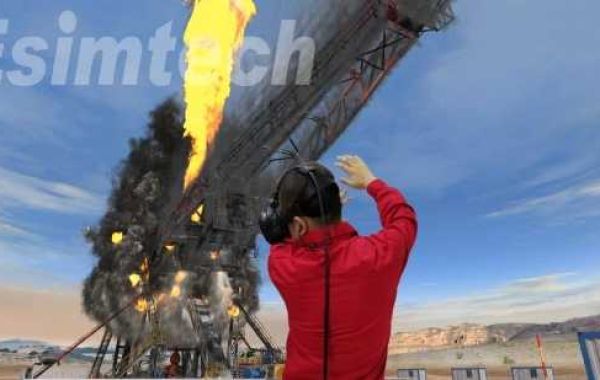Why VR for Oil and Gas Training?
Safety First: Oil and gas operations often involve hazardous environments. VR allows for training in these conditions without putting workers at risk.
Cost-Effective: Traditional training methods can be expensive, especially for complex scenarios. VR simulations offer a more affordable alternative.
Efficiency: VR can streamline training processes, enabling workers to learn and practice skills more quickly.
Realism: VR simulations can replicate real-world situations with high fidelity, enhancing learning and retention.
Specific Applications of VR in Oil and Gas
Emergency Response: VR can simulate various emergency scenarios, such as oil spills, fires, and equipment failures. Trainees can learn how to respond effectively and safely.
Equipment Operation: Workers can practice operating complex machinery in a virtual environment, improving their skills and reducing the risk of accidents.
Safety Protocols: VR can be used to reinforce safety procedures and guidelines, ensuring that employees are well-prepared to prevent and mitigate hazards.
Environmental Awareness: VR can help raise awareness of environmental issues related to oil and gas operations and demonstrate sustainable practices.
The Future of VR in Sustainable Oil and Gas
As VR technology continues to evolve, its applications in the oil and gas industry will become even more diverse and sophisticated. By investing in VR training, companies can improve safety, efficiency, and sustainability while preparing their workforce for the challenges of the future.








